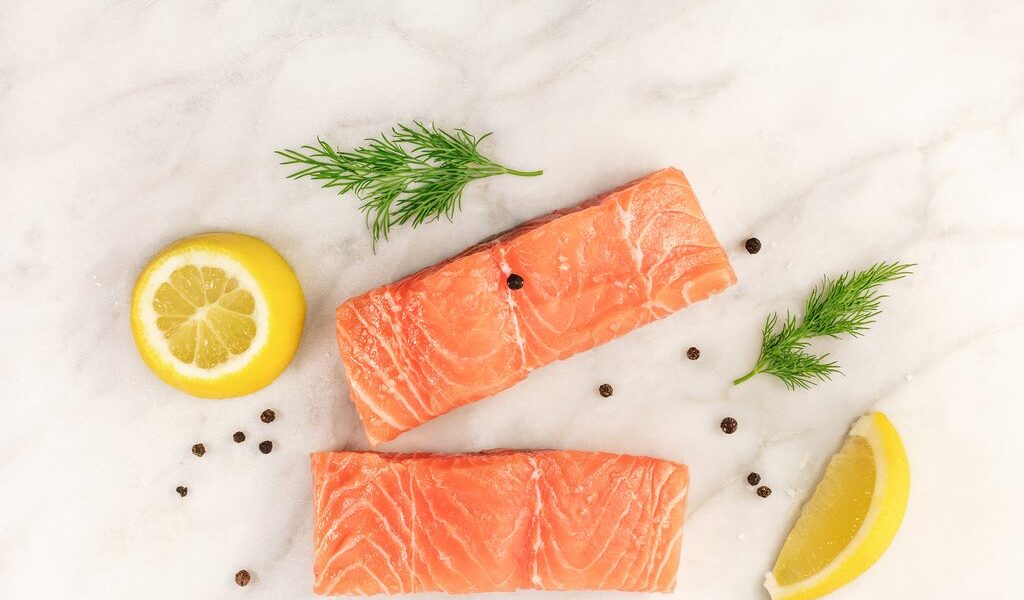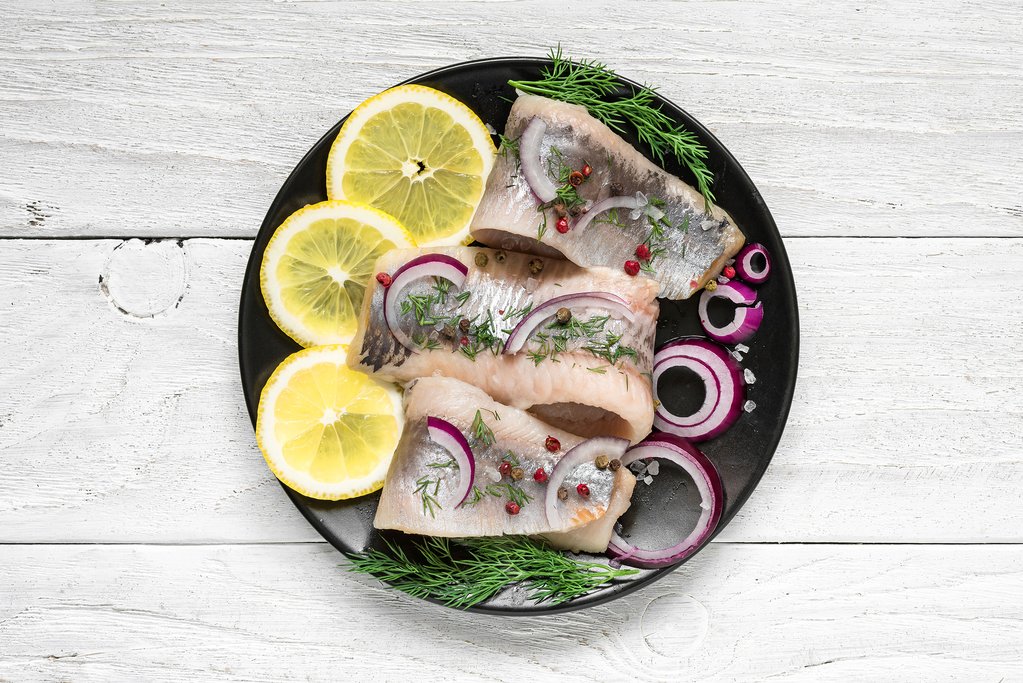
You’ve probably heard of New Nordic cuisine, but that’s only the tip of the iceberg. Norway has been at the forefront of ethically farmed, locally sourced cooking for generations, and there’s never been a better time to get a taste of the country’s best delicacies.
## Culinary Norway: A Deeper Dive into Norwegian Flavors
New Nordic cuisine has propelled Scandinavia, and especially Norway, to the forefront of global culinary destinations in recent years. However, for the people of Norway, embracing local food sources isn’t a fleeting trend; it’s an intrinsic part of their heritage and a deeply ingrained way of life. While recent culinary innovations have captured international attention, the truth is that high-quality, locally sourced food has always been a cornerstone of Norwegian culture and tradition.
Norway has a long and storied history of environmentally conscious food practices. This dedication to sustainability is evident in every aspect of their culinary landscape, from the way ingredients are sourced to the methods used in preparing traditional dishes. The emphasis on local and sustainable food practices reflects a profound respect for the environment and a commitment to preserving the natural resources that make Norway so unique.
The vast majority of the country’s most cherished delicacies are still sourced directly from the land and sea within its borders. The country’s varied topography, which includes expansive open moors, dense and abundant forests, and extensive and bountiful coastlines, provides a wealth of raw materials, ensuring a constant supply of fresh, local ingredients. This means that visitors to Norway will be presented with an abundance of opportunities to sample and savor a wide variety of fresh, local dishes, each representing a unique aspect of Norwegian culinary heritage.
## Discover the Delights of Norwegian Fish
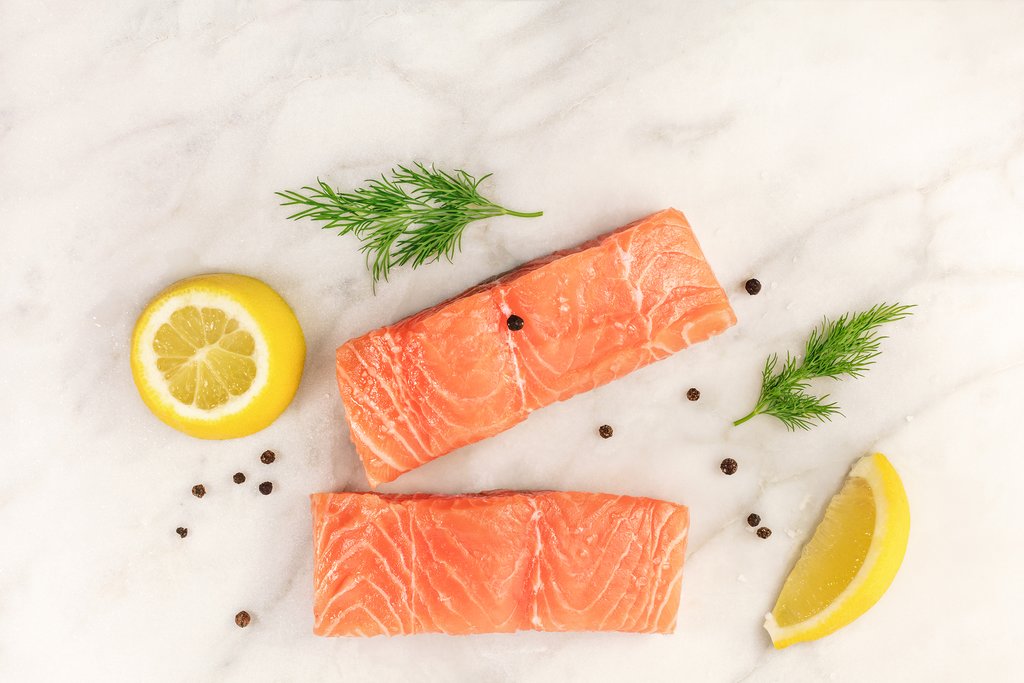
Norway boasts one of the world’s most extensive and captivating coastlines, stretching over an impressive 15,000 miles of dramatic shores. Given this geographical reality, it comes as no surprise that Norwegians harbor a deep and abiding passion for all things fish. In fact, the average Norwegian consumes an astounding 118 pounds of fish per person each year, a testament to the central role that seafood plays in their diet and culture. Over generations, Norwegians have developed a remarkable array of unique and inventive methods for cooking, drying, pickling, and preserving their abundant catch from the sea. These time-honored techniques reflect both resourcefulness and a deep appreciation for the flavors of the ocean.
A great place to begin your exploration of Norwegian fish is with *laks*, the Norwegian term for the much-loved salmon. Norwegians frequently prepare this succulent, ray-finned fish using a traditional curing technique known as *gravlaks*, which translates literally to “buried salmon.” This involves carefully layering bright, peachy-pink slices of salmon with a generous crust of salt, pepper, and fragrant dill. The cured salmon is then traditionally served with a delectable dill-mustard sauce on slices of dark, hearty bread. The curing process not only preserves the fish but also imparts a rich, creamy, and subtly tangy flavor that is truly unforgettable.
Beyond its addictive flavor, gravlaks also offers significant health benefits, as salmon is renowned for its abundance of Omega-3 fatty acids, making it a heart-healthy superfood. If you’re feeling adventurous, you can also explore similar preparations using trout or char. These variations involve burying the fish in salt for an extended period, sometimes several months, to achieve a uniquely intense flavor. The cured fish is often served on bread or artfully wrapped with onions and sour cream in a thin, crepe-like pancake known as a *lefse*.
For those with a more adventurous palate, Norway presents an astonishing variety of pickled herring. This comes in a wide range of sauces, including creamy, tomato-based, and vinegar-based variations. Try a spoonful of pickled herring on a slice of bread, followed by a bracing shot of aquavit (more on that below). And if you truly want to immerse yourself in Norwegian culture and endear yourself to the locals, consider joining them for a traditional meal of *lutefisk*, which translates to “lye fish.” This strong-smelling Scandinavian staple is made from dried whitefish that has been soaked in lye, giving it a unique, almost gelatinous consistency, somewhat reminiscent of Jello.
### Where to Savor These Seafood Delights
For an authentic taste of traditional Norwegian fish dishes, seek out local restaurants or traditional beer halls. In Oslo, consider visiting Gamle rådhus and Stortorvets Gjæstgiveri, both of which offer a glimpse into Norway’s culinary past. In Bergen, Bryggeloftet & Stuene is another excellent option. For a more modern culinary experience in Oslo, stop by trendy food spots like Fiskeriet or explore the diverse offerings at food halls such as Mathallen Oslo. Regardless of where you choose to dine, any restaurant serving traditional Norwegian fare is sure to feature these iconic fish dishes on its menu. Norwegians are incredibly proud of their seafood heritage and are eager to share their love of fish with visitors.
## Brown Cheese: A Unique Norwegian Experience
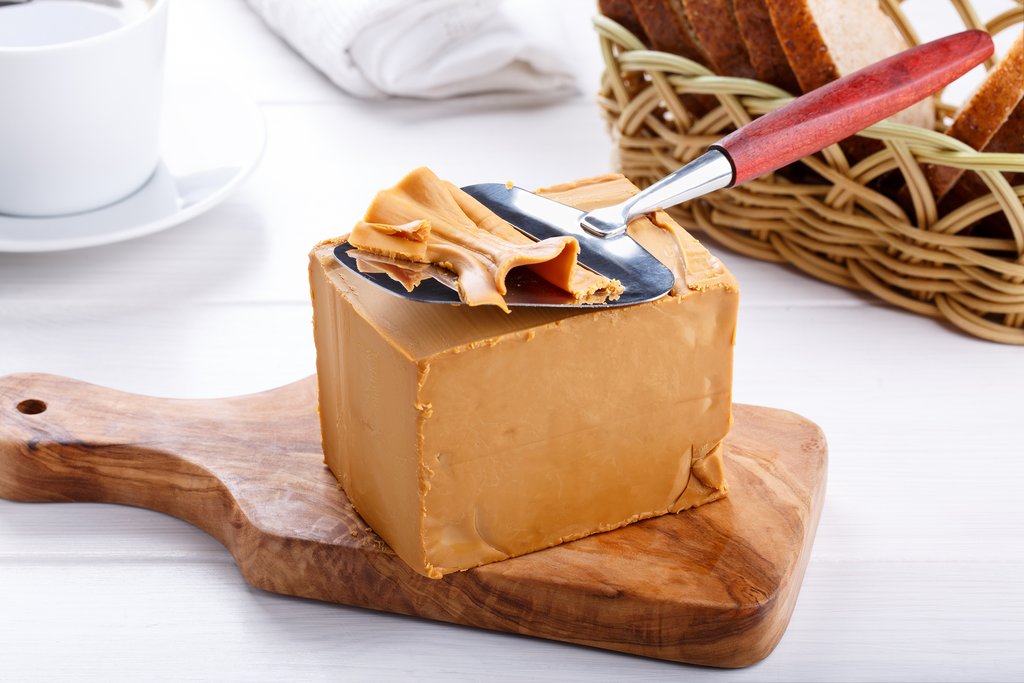
Brown cheese, also known as *brunost*, can present a unique challenge for visitors to understand and appreciate. This popular Norwegian cheese often defies expectations, as it neither looks nor tastes like traditional cheeses. *Brunost* (literally, “brown cheese”) is made from boiled whey, a byproduct of cheese making, which distinguishes it from traditional cheese-making processes that rely on fermented and aged milk curds.
Forget about using a knife to slice this distinctive cheese. Every Norwegian household is equipped with a special metal slicer designed specifically for cutting *brunost* into thin, delicate ribbons, which are most often used as toppings for bread. Unlike most cheeses, which boast a wide range of flavors from sharp and moldy to salty and nutty, *brunost* possesses a slightly sweet, caramelly taste that can become surprisingly addictive.
### Where to Find This Caramel-Colored Treasure
*Brunost* is more than just a food item; it’s a national treasure in Norway. You’ll find a block of *brunost* in practically every Norwegian fridge. If you want to try some, ask a local friend if you can sample theirs. Otherwise, you can simply head to a local supermarket and look for the distinctive red packaging of Gudbrandsdalsost, the most well-known brand of *brunost*.
## Hot Dogs: A Scandinavian Staple with a Twist
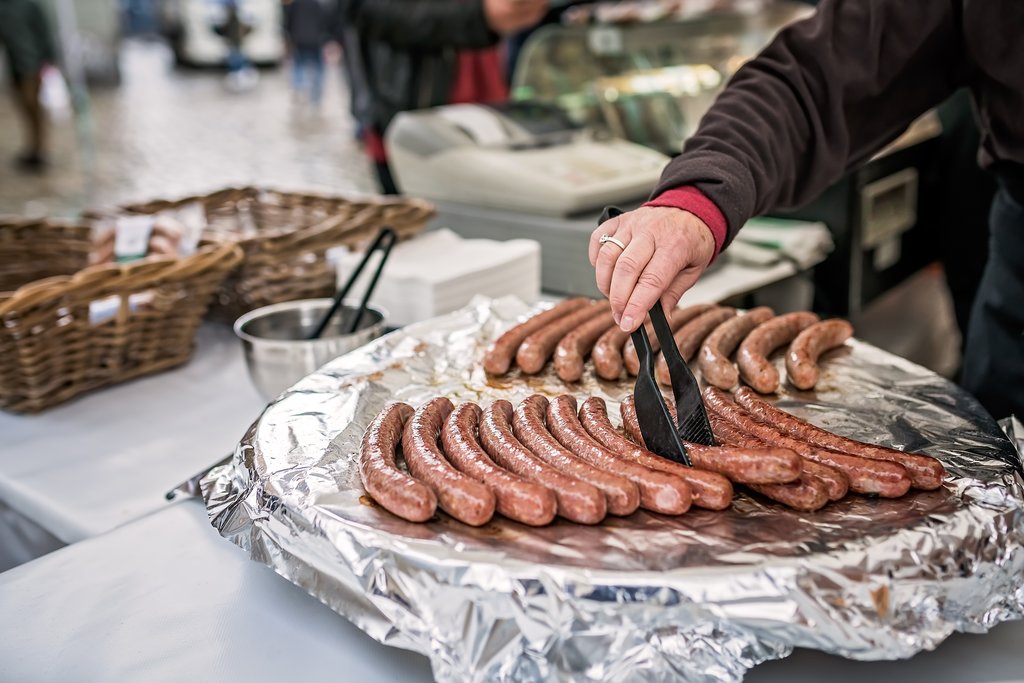
Scandinavians, including Norwegians, have a special fondness for hot dogs, known in Norwegian as *pølser*. However, these aren’t your typical American baseball game hot dogs, nor are they quite the same as German-style *wurst*. Norwegian hot dogs are distinguished by their incredible array of toppings, which can be customized to satisfy any culinary whim. Try them wrapped in *lomper*, a thick, tortilla-like potato pancake, or opt for a hot dog topped with creamy potato salad, sliced mushrooms, crispy fried onions, or tangy pickles.
### Where to Enjoy These Iconic Sausages
To eat like a true local, head straight to a street kiosk. Original versions of Norwegian hot dogs can be found at kiosks in all major cities, as well as in every convenience store, including the ubiquitous 7-Eleven. In recent years, artisanal versions of the classic Scandinavian hot dog have also emerged, featuring locally foraged toppings and gourmet ingredients. If you’re in Bergen, be sure to visit the Trekroneren kiosk, which serves a unique version made with reindeer meat and topped with juniper berries.
## Reindeer: A Taste of the Arctic
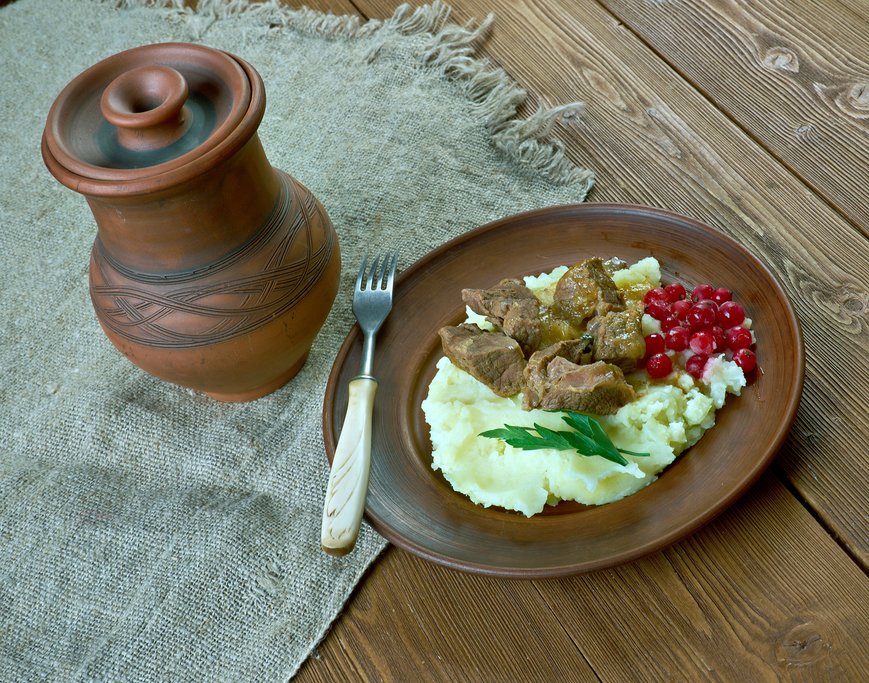
Speaking of reindeer, this unique Norwegian delicacy hails from the remote northern reaches of the country, where they have been hunted by humans since the glacial period. The Sami people, an Indigenous group inhabiting Northern Europe, continue to herd reindeer in the vast tundras above the Arctic Circle.
Reindeer meat is a significant part of the traditional Sami diet, and the Sami have developed a remarkable ability to utilize every part of the animal, embracing a true nose-to-tail eating philosophy long before it became a popular trend.
Norwegians often prepare reindeer in a hearty stew called *finnbiff*, or as a reindeer roast topped with a rich gravy and served with tart lingonberry jam. The lean meat has a distinctive, gamey flavor that is both satisfying and memorable.
### Where to Experience This Arctic Delicacy
Many high-end, Michelin-starred restaurants in Norway feature reindeer on their menus. These include Maaemo and Kontrast in Oslo. However, you can also find reindeer dishes in traditional beer halls and more casual eateries like Zupperia in Bergen, which playfully serves up “Rudolfsuppe.”
## Krumkake: A Sweet Norwegian Tradition
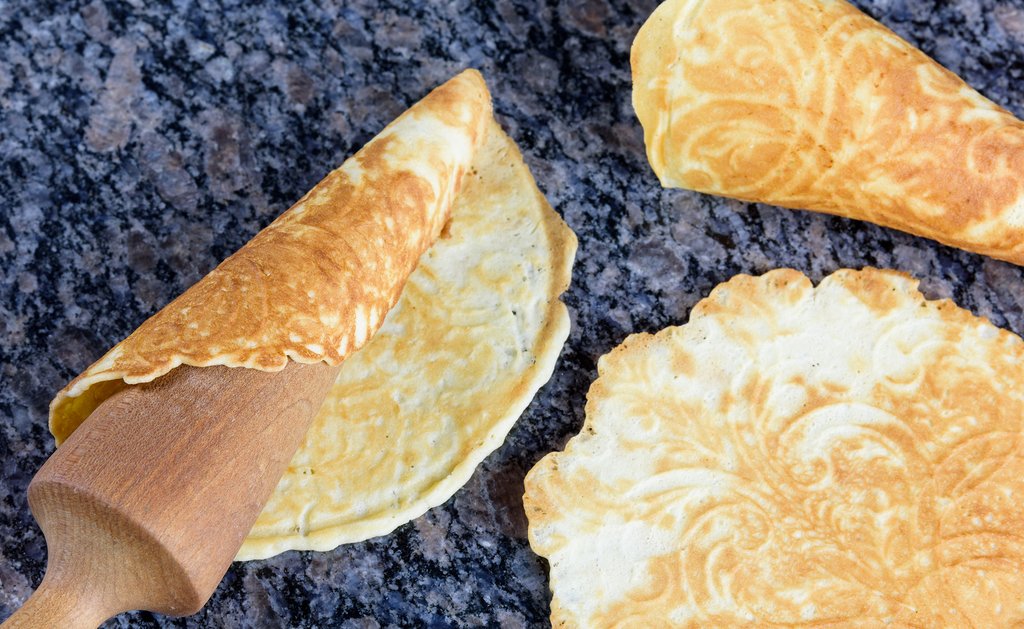
Traditionally made on a gridiron that imprints intricate designs into the flat dough, these customizable butter-and-sugar wafers are rolled into the shape of small ice cream cones and filled with delectable cream or jam. They can also be topped with crunchy nuts, chocolate chips, or powdered sugar. If you have a sweet tooth, be sure to keep a close eye on these treats, as you may find yourself competing with children for the last bite.
### Where to Find These Sweet Treats
These old-school treats can be found at markets, fairs, carnivals, and festivals throughout Norway, where they are served year-round with seasonal toppings. Many traditional bakeries also make krumkake, and their classic varieties are often particularly special. If you happen to be in Stavanger, be sure to stop by Vaaland Dampbakeri & Conditori, home of a 100-year-old krumkake recipe.
Many Norwegians also make their own krumkake at home. One way to experience the best of these treats is to befriend some locals. If you’re feeling adventurous, you can even purchase a krumkake iron as a souvenir and start experimenting with your own designs.
## Aquavit: The Water of Life
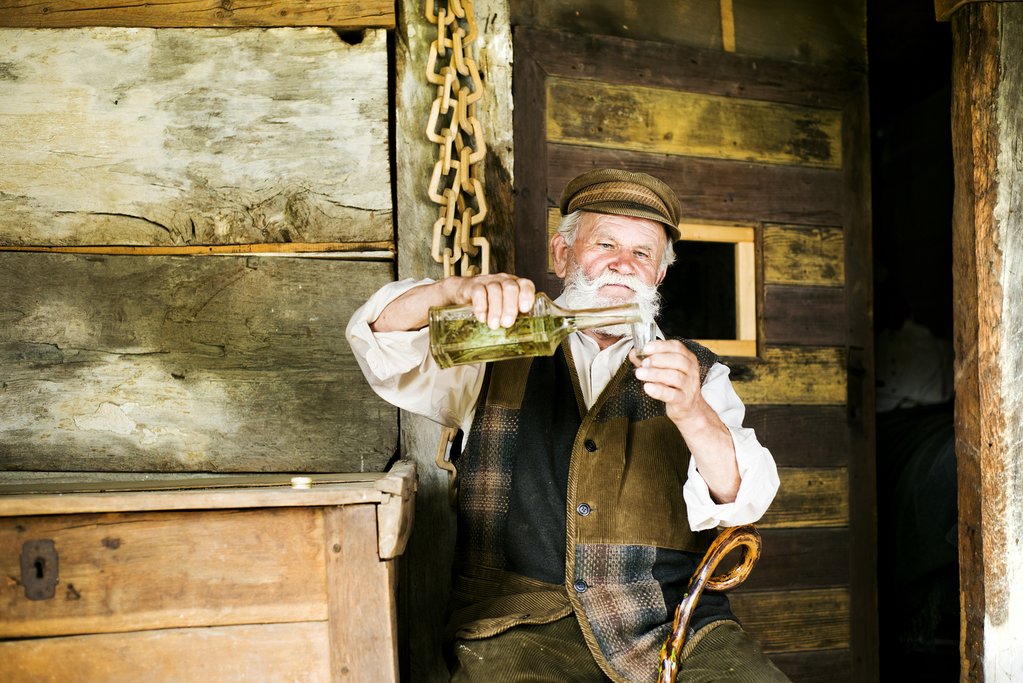
While not technically a food, aquavit is an integral part of the Norwegian culinary experience. Derived from the Latin term for “water of life,” this potent Scandinavian spirit is one of the region’s most famous exports. Legend has it that Vikings were once fans of the spiced brew, which may explain how they were able to conquer so much of Europe. One sip, and you might feel like you can conquer mountains.
Distilled from grain or potato in a process similar to vodka, aquavit is often flavored with caraway or dill for an intensely herby taste. In Norway, it is often aged to a golden color. Try it with strong fish, such as pickled herring or lutefisk. It can also be enjoyed with fatty, meaty dishes, like those served around the holidays.
### Where to Enjoy This Potent Spirit
Aquavit is available anywhere that alcohol is served in Norway.
B-1955

